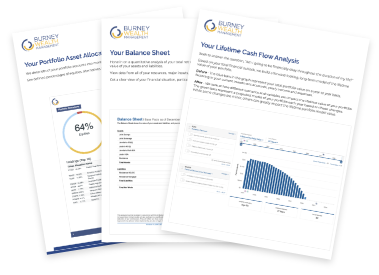Growth Had a Good Run…Is It Time for a Value Comeback?

It can be surprising to learn that Value companies outperform Growth companies over the long-run. Typically, the types of stocks that first come to mind when we think about strong performers are stocks like Amazon, Netflix and Facebook. Certainly, these companies achieved outstanding results and are exciting success stories but they are also an example of how our cognitive biases can impact our investments. While these companies represent what we think of when we picture successful investments, Dimensional Funds shows that Value companies earned a 3% premium to Growth companies from 1928-2018 in the United States.
It can be even harder to believe in the Value premium when we look back at the past decade that saw Growth companies handily outperform Value companies. We tend to give more weight to events that happened recently – another cognitive bias – but a decade of Growth out-performance is a rare event, occurring just 18% of the time, again per Dimensional Funds.
These statistics provide context but they don’t tell the story of why Growth outperformed Value or why Value might outperform Growth going forward. When we look back at financial results in the 2010’s, Growth companies were more successful growing earnings than Value companies. It is this success that fueled Growth out-performance for much of the decade.
Earnings Expanded for Growth Companies and Stagnated for Value Companies
One of the reasons that Growth under-performs Value is because it is difficult to live up to lofty valuations that price in high growth rates, but Growth companies were living up to their expectations. AQR, a large asset manager, makes the point that the Growth out-performance was justified for the first 8 years of the decade, citing stock performance reacting in kind to financial results. This changed over the past two years, however, as Value stocks began looking cheap relative to Growth stocks. O’Shaughnessy Asset Management, another asset management firm, showed similar Value-of-Value in their third quarter investor letter. No matter your measure, Value looks cheap compared to Growth and the trend started about two years ago.
Value Looks Cheap Relative to Growth
We compare price-to-intrinsic value here but the trend looks similar when looking at other value metrics like price-to-earnings and price-to-book.
Timing the Value factor can be difficult as an asset can stay under- or over-valued for an extended period of time. Valuations by themselves are not a good indicator of short-term returns. But when momentum is added to the equation, a trend pointing in the direction of Value appears. Based on rolling 12-month intervals, the most recent Growth interval peaked in early 2018 and slowly came back to the origin as Value made ground relative to Growth.
Style Cycle: Rolling 12-Month Return Differentials
We are tilting towards Value in our US stock strategy as the relative cheapness of Value coupled with pro-Value momentum increases our confidence that we are in a pro-Value phase.
The Burney Company is an SEC-registered investment adviser. Burney Wealth Management is a division of the Burney Company. Registration with the SEC or any state securities authority does not imply that Burney Company or any of its principals or employees possesses a particular level of skill or training in the investment advisory business or any other business. Burney Company does not provide legal, tax, or accounting advice, but offers it through third parties. Before making any financial decisions, clients should consult their legal and/or tax advisors.




